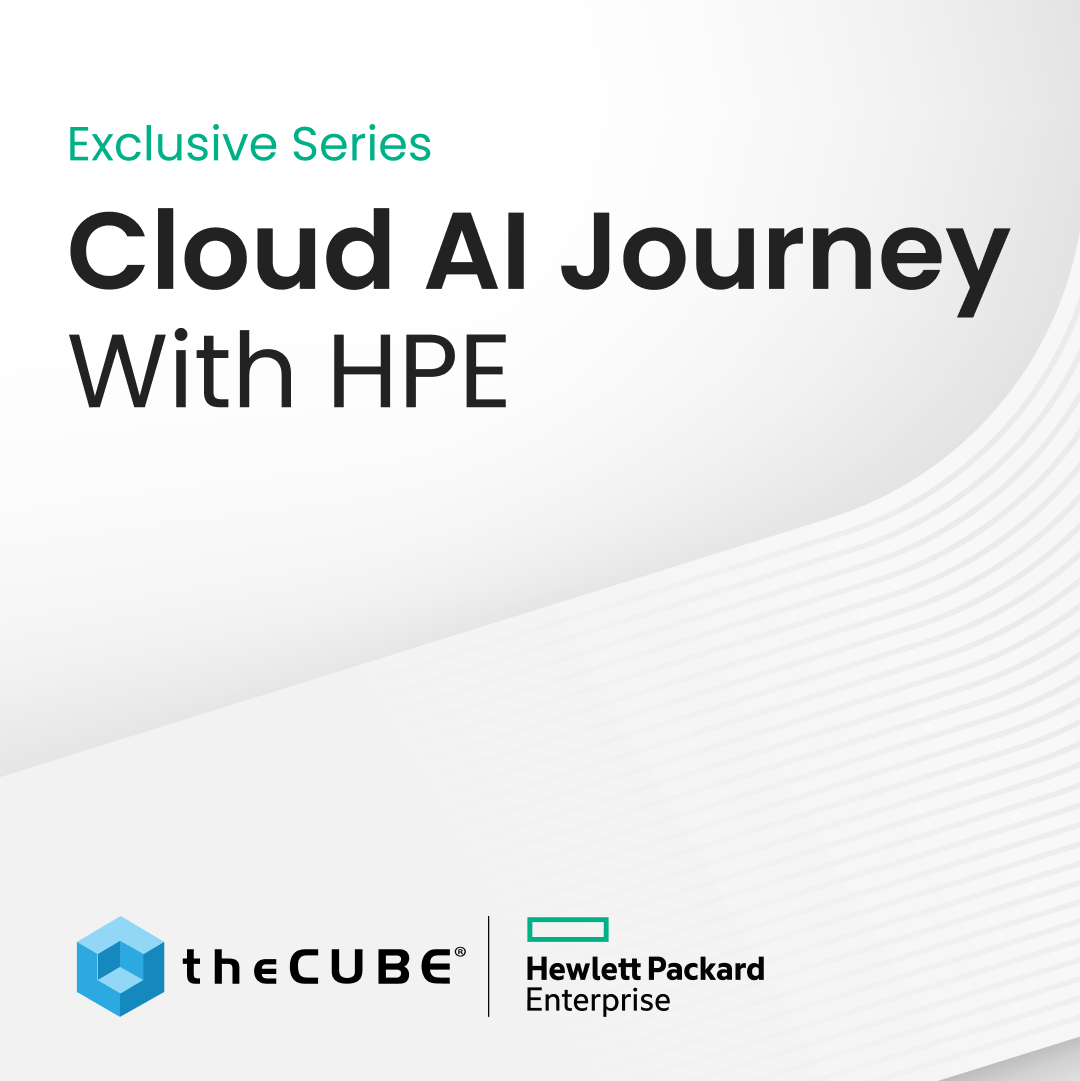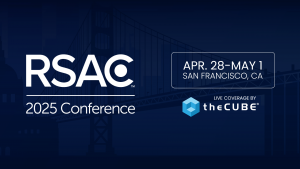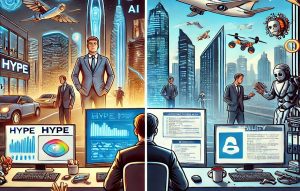When Should Management Push Enterprise 2.0 Changes?
After the Boston edition of the Enterprise 2.0 Conference, IBM’s Rawn Shah wrote a great follow-up post outlining ten observations from the event. A couple points that I found myself agreeing with wholeheartedly were:
Adoption is about transforming human behaviors at work – More folks are starting to recognize that it is not trivial to bring communities and other social environments to life.
‘Let’s get beyond “adoption”’ – This was another sentiment I heard several times, but I attribute it to short-attention span. The general statement was ‘adoption’ was last-year’s thing, and we needed a new ‘thing’.
The underlying philosophy of his post contrasts with that of Paula Thornton, who finds talk of driving adoption to be antithetical to the true nature of Enterprise 2.0. As she described in a post from several months ago:
If you have to “drive adoption” you’ve failed at 2.0 design and implementation. The fundamentals of 2.0 are based on design that is organic — meets the individual where they are and adapts based on feedback — it emerges. The ‘adoption’ comes from rigorous ‘adaptation’ — it continuously morphs based on involvement from the ‘masses’. If done right, you can’t keep them away…because you’ve brought the scratch for their itch.
While I empathize with her design-driven perspective, I personally find there to be more to people’s adoption patterns. Sometimes the superior design does not win. Existing network effects may prove a high barrier to adoption of something new. Embedded history makes the current approach valuable. And other reasons intrude.
In considering adoption, we have the push strategy (by management), and the pull strategy (viral, organically spreads). Both are viable approaches. The key factor is to determine when each needs to be employed.
A Decision Framework for Pushing Enterprise 2.0 Adoption
The graphic below outlines a basis for determining when Enterprise 2.0 adoption must be pushed, and when to let adoption be pulled:
The two key factors in the framework are user-centric and organization-centric.
The X-axis highlights a key reality. If a current approach/technology is working well enough for users, there is an inertia to making a switch of any kind. This principle is nicely captured in the “9x problem”, an explanation by Harvard professor John Gourville that was highlighted by Andrew McAfee. The 9x problem is this:
Users will overvalue existing products/solutions by 3 times, and undervalue the benefits of a new products/solutions by 3 times.
We’re for the most part risk-averse (e.g. technology adoption lifecycle is back-end loaded), and giving up existing ways presents a level of uncertainty. It’s the devil we know versus the devil we don’t. We place a value on the certainty of current methods, even if flawed.
The other part of the 9x equation is that users will place an uncertainty discount against new products/solutions enumerated benefits. Yes, it’s true. We don’t always buy everything we’re told.
The Y-axis speaks to the value of E2.0 to organizations. Certainly there will be use cases that can drive high value for the organization. And just as certainly, there will be those use cases that contribute little to organizational value.
Let’s run through the different approaches mapped on the graph, clockwise from top right.
Requires a Top-Down Push
Situation:
– Existing ways are ‘good enough’ for employees
– Executives see great potential for value from adoption
What might this be? Imagine management has seen too many examples of people missing key information and connecting the dots well with others are working on. An enlightened C-level type knows there is an opportunity to pick it up a level.
So some sort of social software – e.g. wiki, collaboration groups, etc. – is selected to make this a reality. But guess what? People keep emailing to one another and saving docs to the LAN.
Why? Because those are the tools they know, there is no learning curve and everyone operates on a shared set of processes and assumptions. Things work “as is”.
This is where management needs to wield its power, and come up with ways to influence employees to alter their entrenched behaviors that work “good enough”.
Mix a Push-Pull Strategy
Situation:
– Existing ways are actually not “good enough”
– There is high value in large-scale adoption
This is the home run of initiatives. Solves a “what’s in it for me” need of individuals, while also presenting a great chance to advance the value of the organization.
An innovation platform is a good example here. A place for individuals to express those ideas that fire them up or just plain solve annoyances. Which get lost in the email inbox.
But the opportunity for new ideas that deliver to the bottom line gets management’s attention.
Pull works here, as word spreads about the initiative. But management has an interest in making sure everyone is aware of the initiative, as soon as possible. Push tactics are good supplements.
Let It Grow Organically
Situation:
– Existing ways are actually not “good enough”
– There is low value in large-scale adoption
This is a tough one. Clearly the “Enterprise 2.0 way” can solve a problem for employees, but its adoption cannot be seen to lead to high impact on company value. An example here? Hmm…tough one. Enterprise bookmarkingmight be one area. Solves the, “how do I find things?” conundrum, for me personally and for others. But hard to see just how it will increase firm value. At least on a standalone basis.
Best to let these initiatives grow of their own accord. Let their value emerge, often with stories.
Don’t Waste Your Time
Situation:
– Existing ways are ‘good enough’ for employees
– There is low value in large-scale adoption
Suffice to say, this one should be killed before it ever starts.
A message from John Furrier, co-founder of SiliconANGLE:
Your vote of support is important to us and it helps us keep the content FREE.
One click below supports our mission to provide free, deep, and relevant content.
Join our community on YouTube
Join the community that includes more than 15,000 #CubeAlumni experts, including Amazon.com CEO Andy Jassy, Dell Technologies founder and CEO Michael Dell, Intel CEO Pat Gelsinger, and many more luminaries and experts.
THANK YOU

















